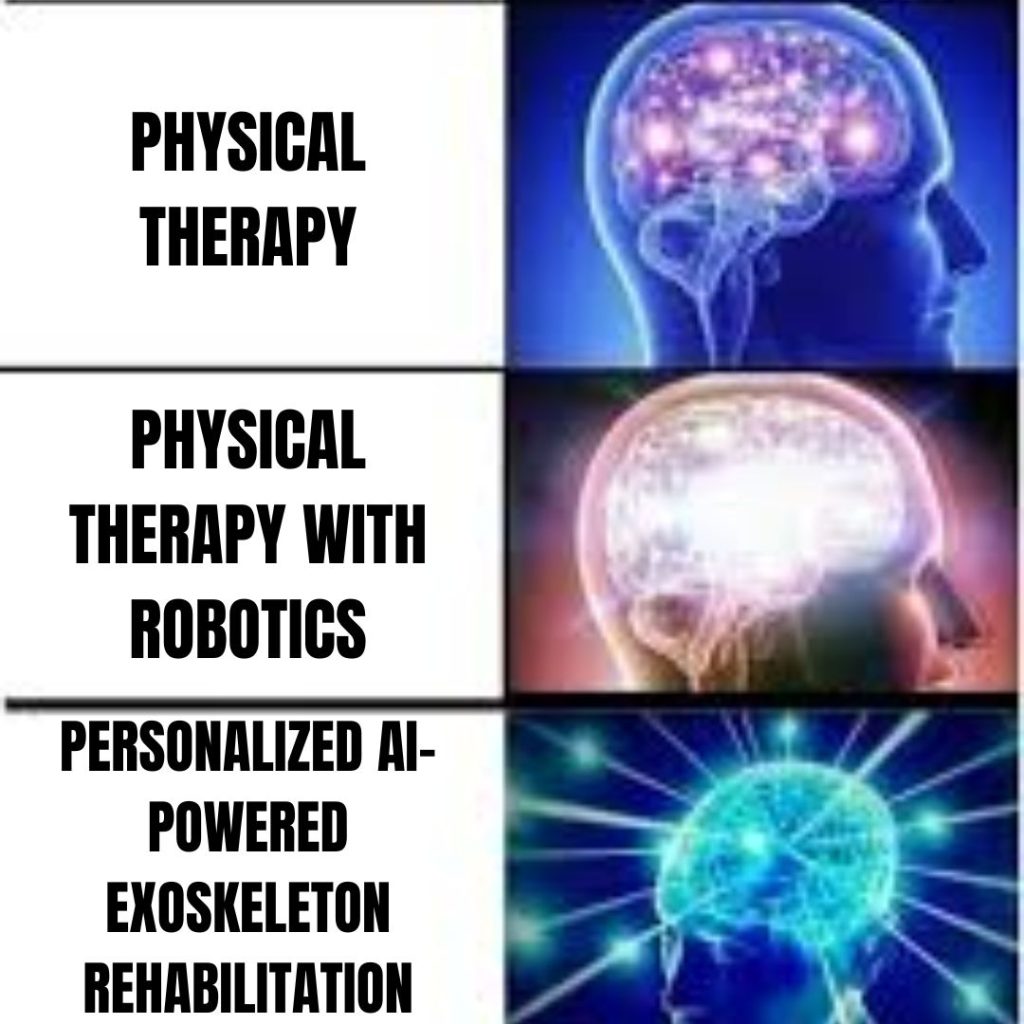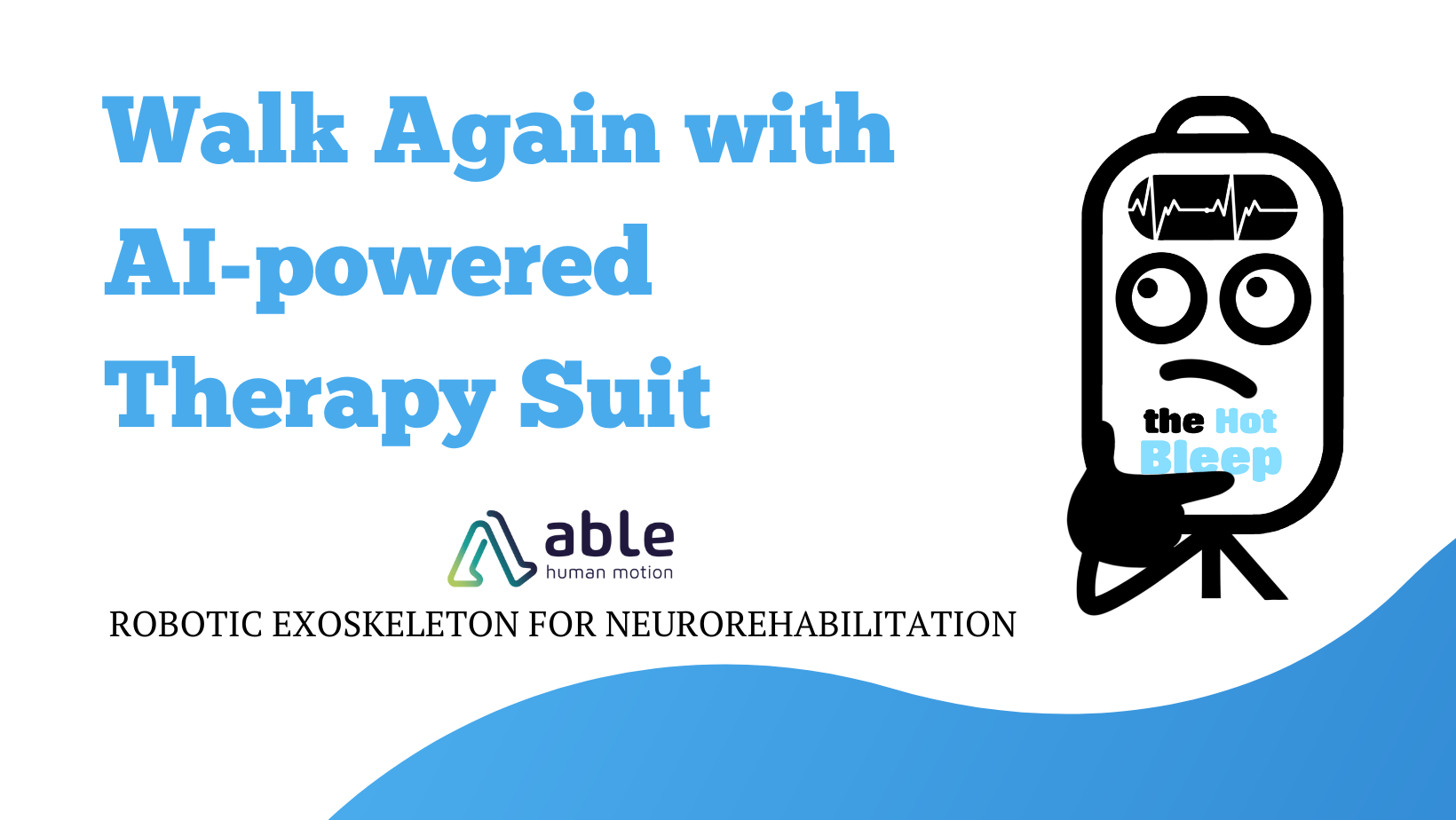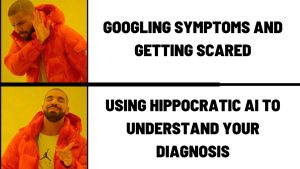ABLE Human Motion Exoskeleton Technology🦿

Ever since the Iron Man suit graced our screens, the idea of exoskeletons has captured our imaginations. But what if I told you this technology is moving from science fiction to healthcare reality? ABLE Human Motion, a Barcelona-based medical device startup, is making waves with its innovative exoskeleton designed for neurorehabilitation.
WHAT IS THE ABLE EXOSKELETON?
The ABLE Exoskeleton is a lightweight robotic suit designed to assist individuals with mobility impairments in regaining movement. Imagine a supportive structure that fits around the legs and torso, gently guiding the user through exercises like standing, walking, turning, and sitting.
Pros:
- Improved mobility: The suit can significantly enhance a patient’s ability to stand, walk, and regain independence.
- Intensified therapy sessions: The exoskeleton allows for more intensive and targeted therapy sessions.
- Potential for broader applications: The technology might hold promise for applications beyond neurorehabilitation in the future.
Cons:
- Limited availability: As a relatively new technology, ABLE exoskeletons might not be widely available in all clinics yet.
- Cost: The cost of the exoskeleton and therapy sessions might be a factor for some patients.
- Long-term data needed: While initial results look promising, more long-term studies are needed to assess the suit’s effectiveness.
HOW DOES IT WORK?
The ABLE Exoskeleton uses a combination of motors, sensors, and artificial intelligence to provide support and guidance during movement. Sensors monitor the user’s movements, and the AI system adjusts the exoskeleton’s assistance accordingly. This allows for a more personalized and dynamic therapy experience.

WHO CAN BENEFIT?
The ABLE Exoskeleton is designed for individuals with various neurological conditions that affect mobility, such as stroke, spinal cord injury, and multiple sclerosis.
DISRUPTING HEALTHCARE PRACTICES
The ABLE Exoskeleton has the potential to revolutionize neurorehabilitation by:
- Offering a more intensive and targeted approach to therapy.
- Potentially reducing therapy duration and cost in the long run.
- Making therapy more engaging and motivating for patients.
CHALLENGES TO TRADITIONAL PRACTICES
The widespread adoption of exoskeleton technology could challenge traditional therapy roles in a few ways:
- The role of therapists might shift. Instead of solely focusing on manual manipulation, therapists could become more involved in tailoring therapy programs and monitoring patient progress with the exoskeleton.
- The need for additional training. Therapists might require additional training to effectively use and integrate exoskeletons into their practice.

FACING OFF AGAINST THE COMPETITION: DOES ABLE STAND OUT?
There are a few other exoskeleton players on the field, like Ekso Bionics and ReWalk. Here’s a quick breakdown of how ABLE compares:
| Feature | ABLE Human Motion | Ekso Bionics | ReWalk |
| Focus | Neurorehabilitation | Wide range (neurological, industrial) | Spinal cord injury |
| Weight | Lightweight | Bulky | Bulky |
| User Comfort | High | Moderate | Moderate |
A GLIMPSE INTO THE FUTURE: WHERE WILL EXOSKELETONS TAKE US?
The future of exoskeletons is bright. Here’s what we can expect:
- Affordability: As the technology matures, we can expect costs to come down, making exoskeletons more accessible.
- Versatility: Expect to see exoskeletons adapted for a wider range of conditions, from sports injuries to post-surgical rehabilitation.
- AI Integration: Advanced AI will personalize therapy plans and provide real-time feedback for even better results.
So, is ABLE Human Motion the future of physiotherapy? It’s certainly a strong contender. With its focus on user-centred design, promising results, and growth potential, ABLE is paving the way for a future where regaining mobility is more accessible than ever. This technology can potentially empower therapists, improve patient outcomes, and revolutionize the entire rehabilitation landscape.










